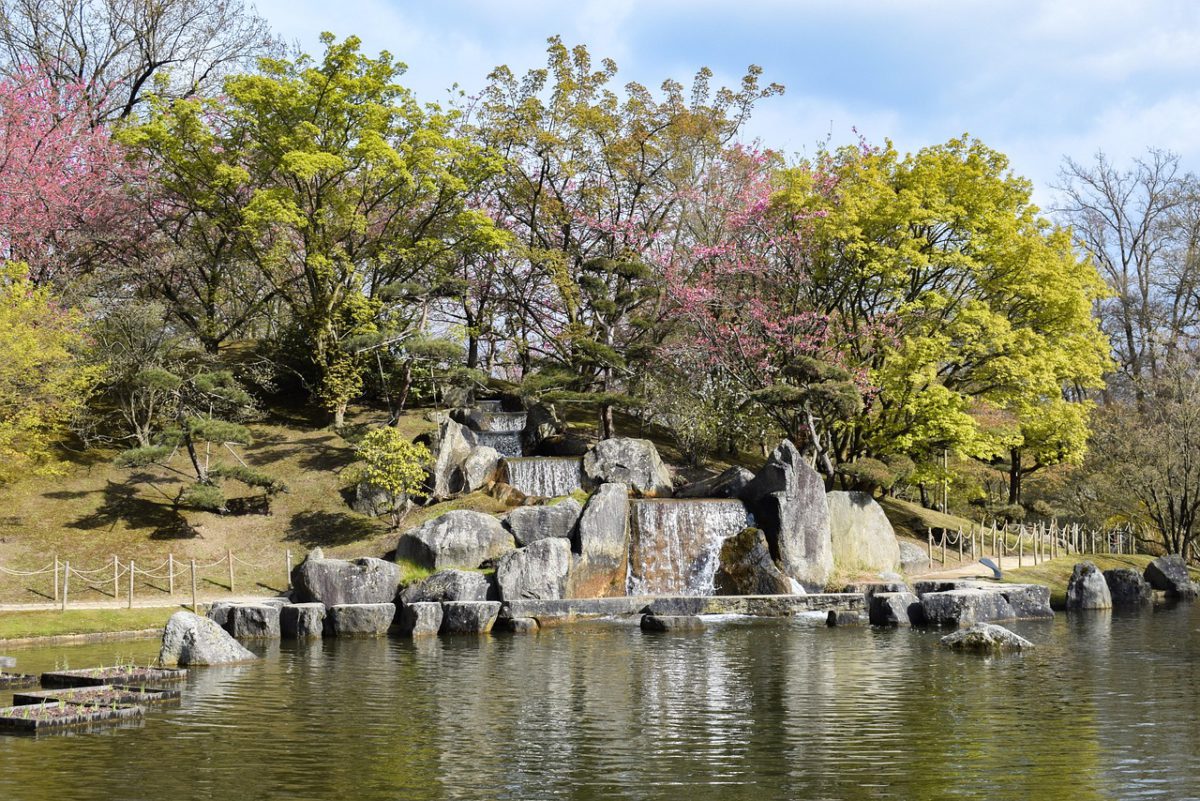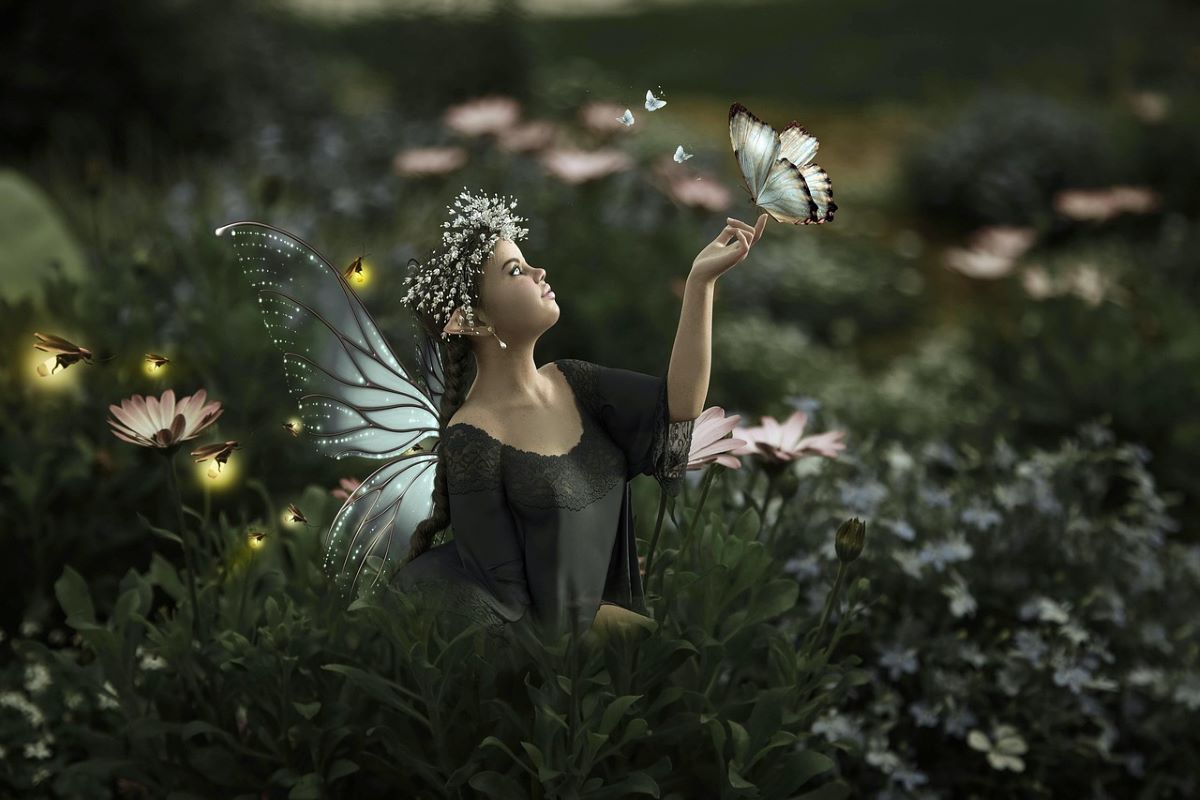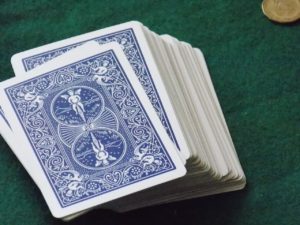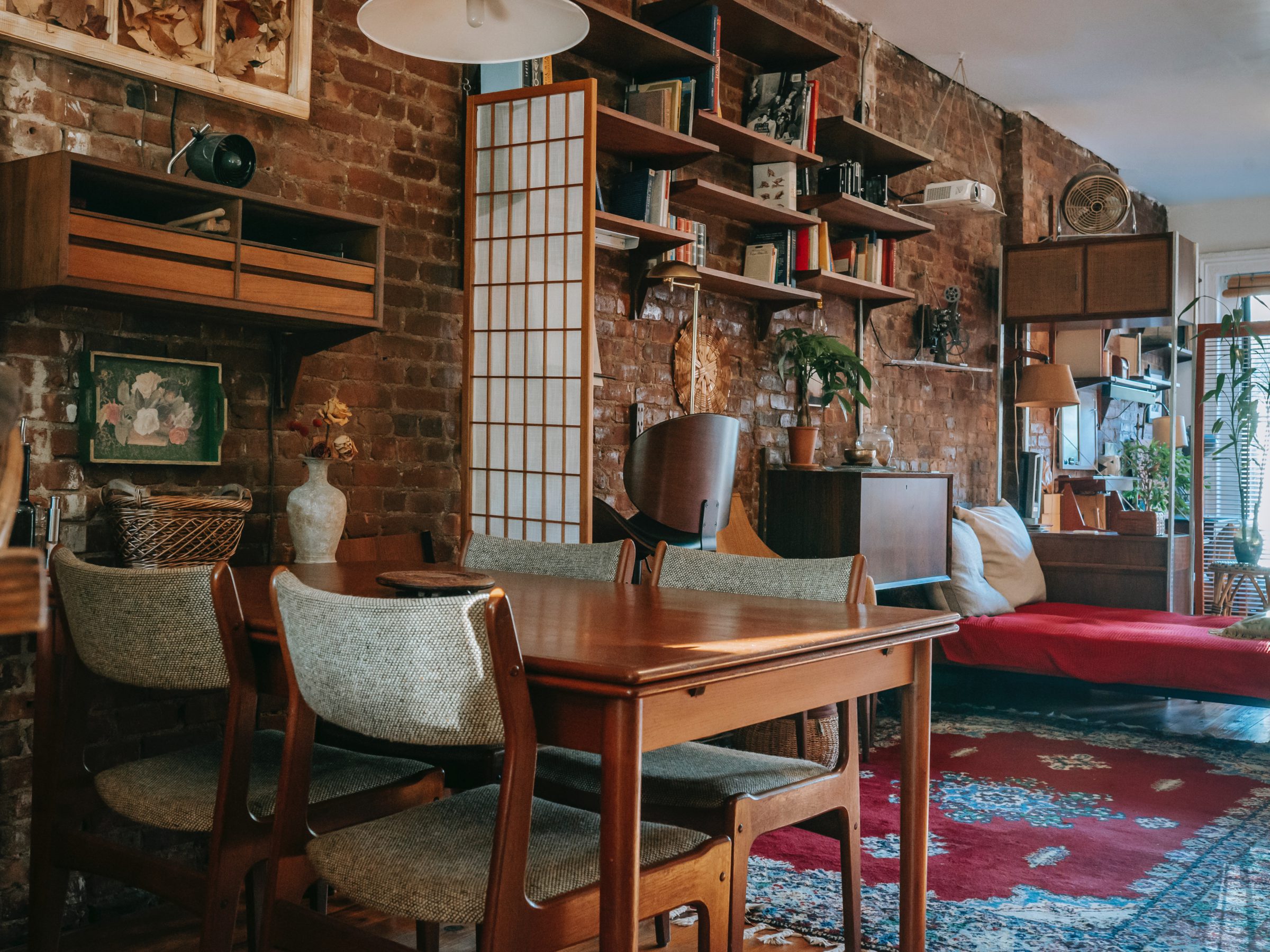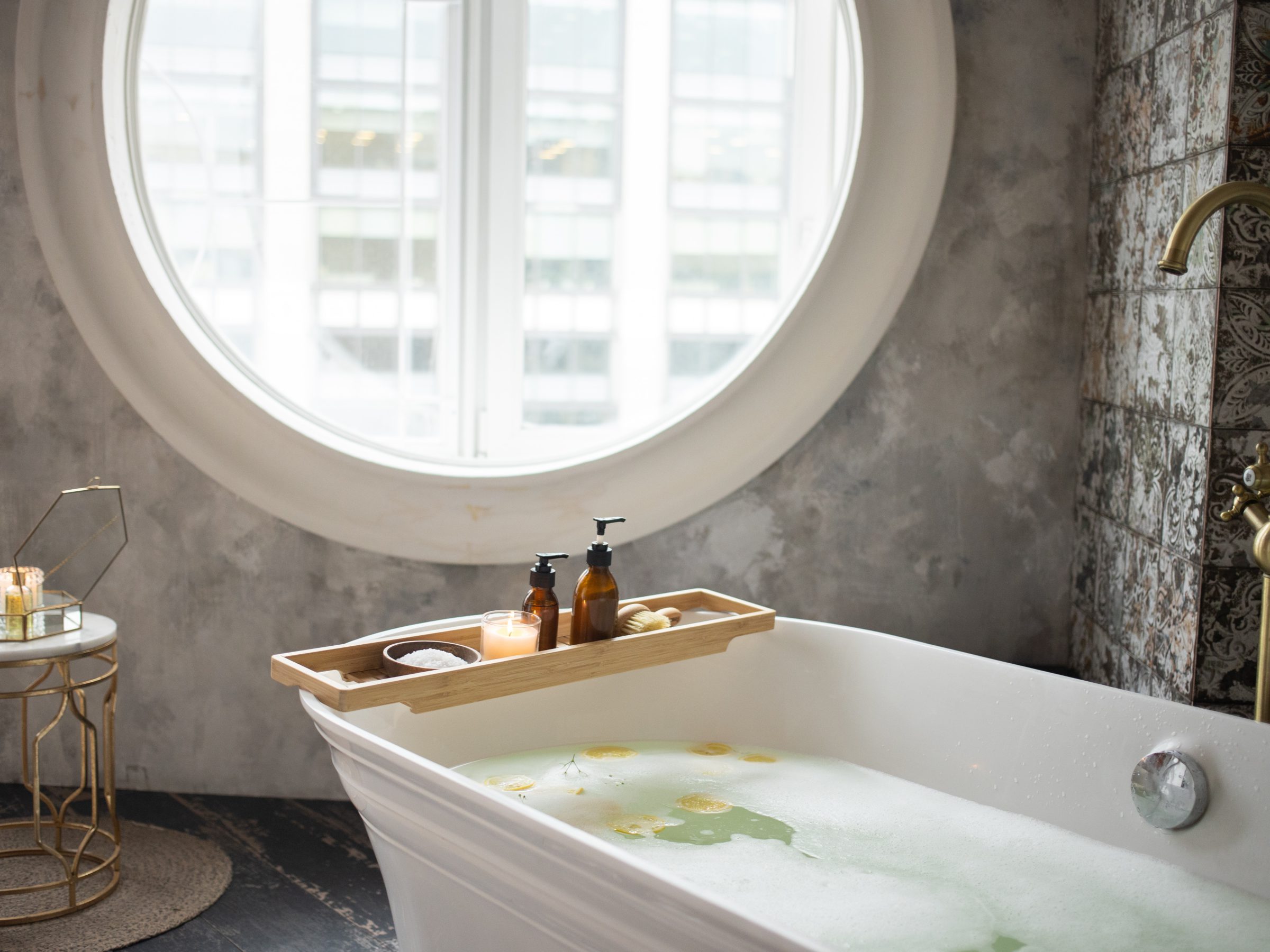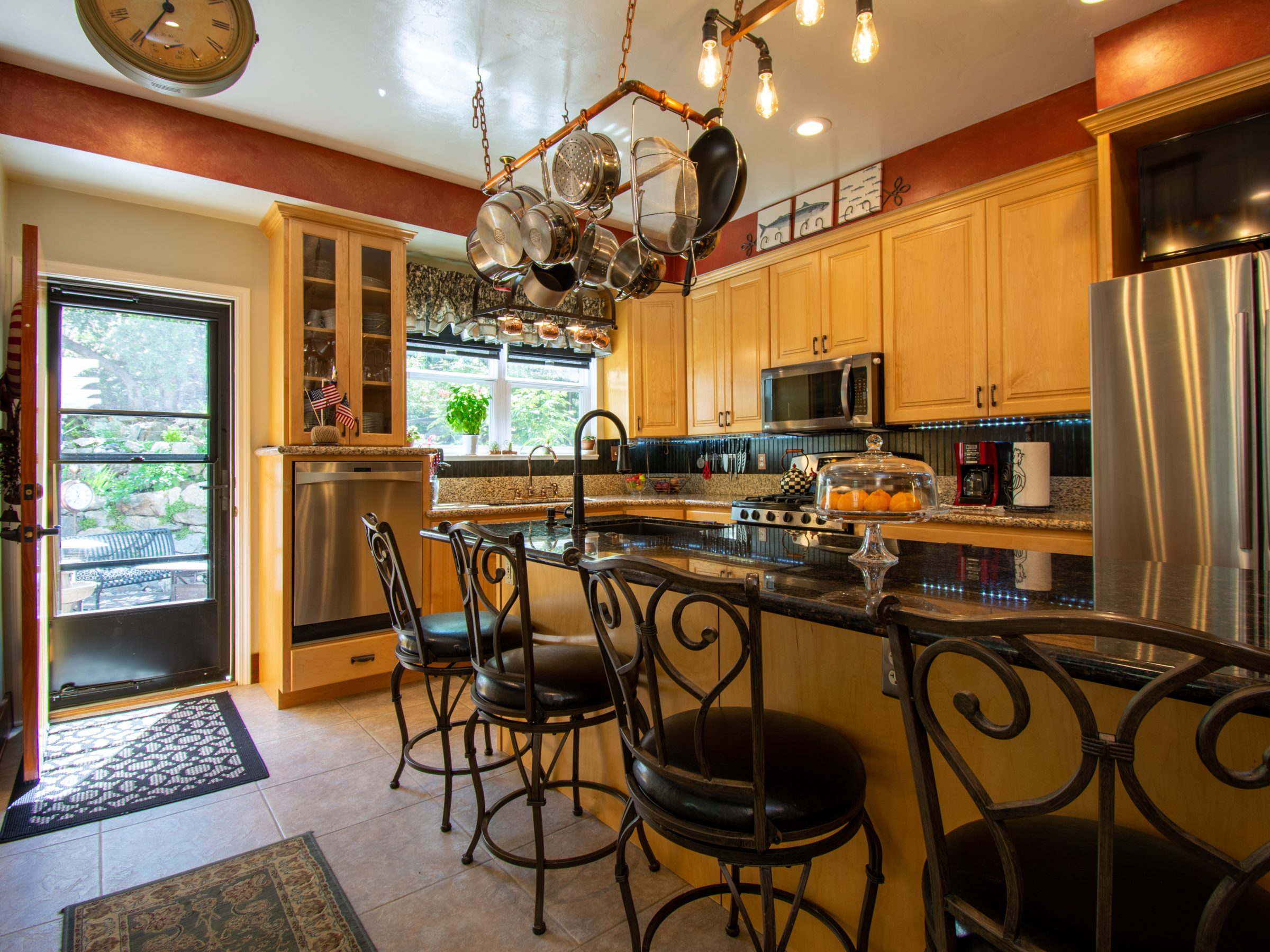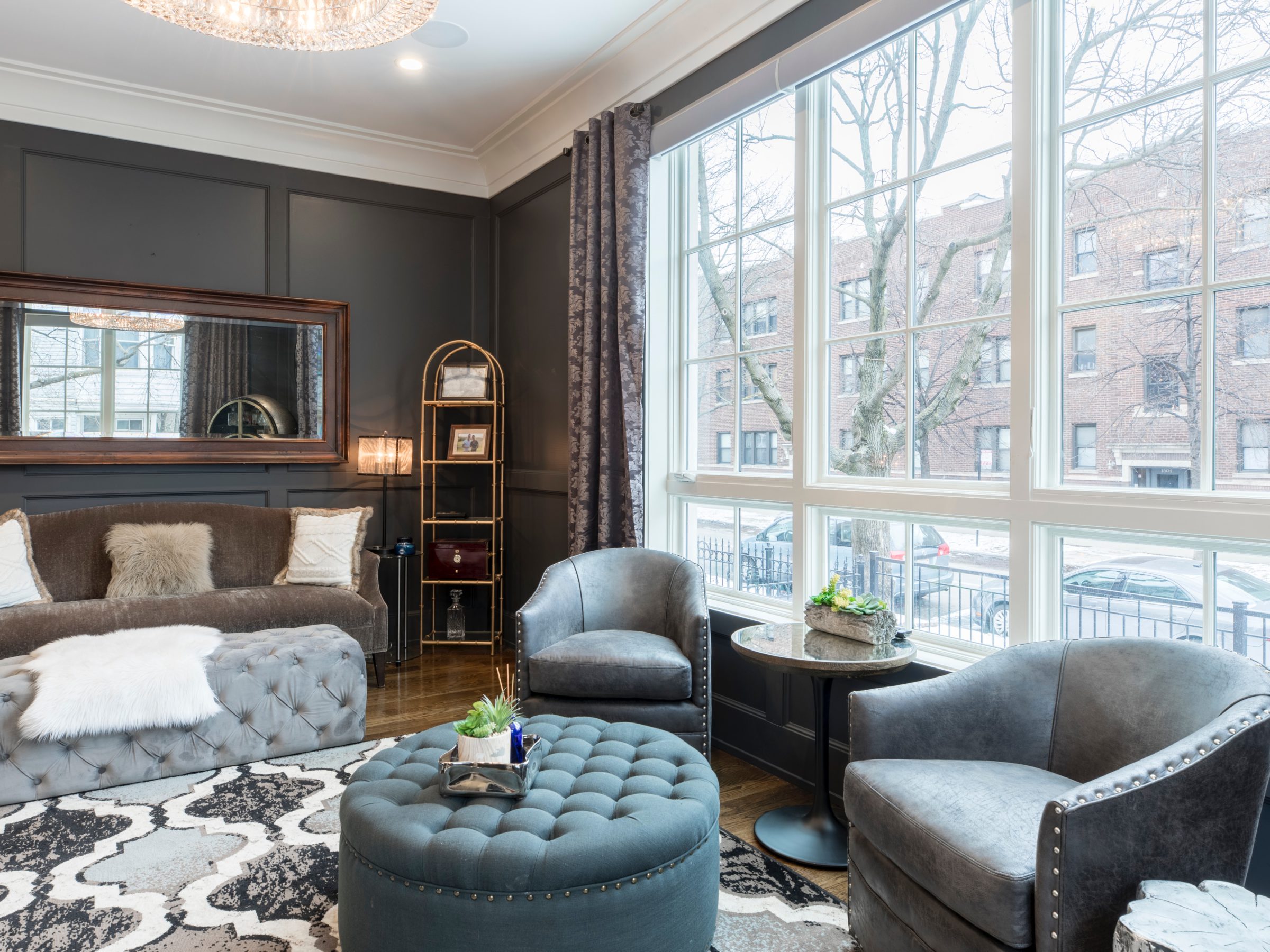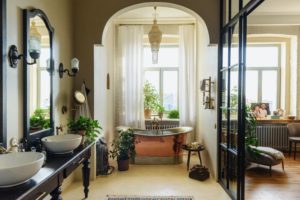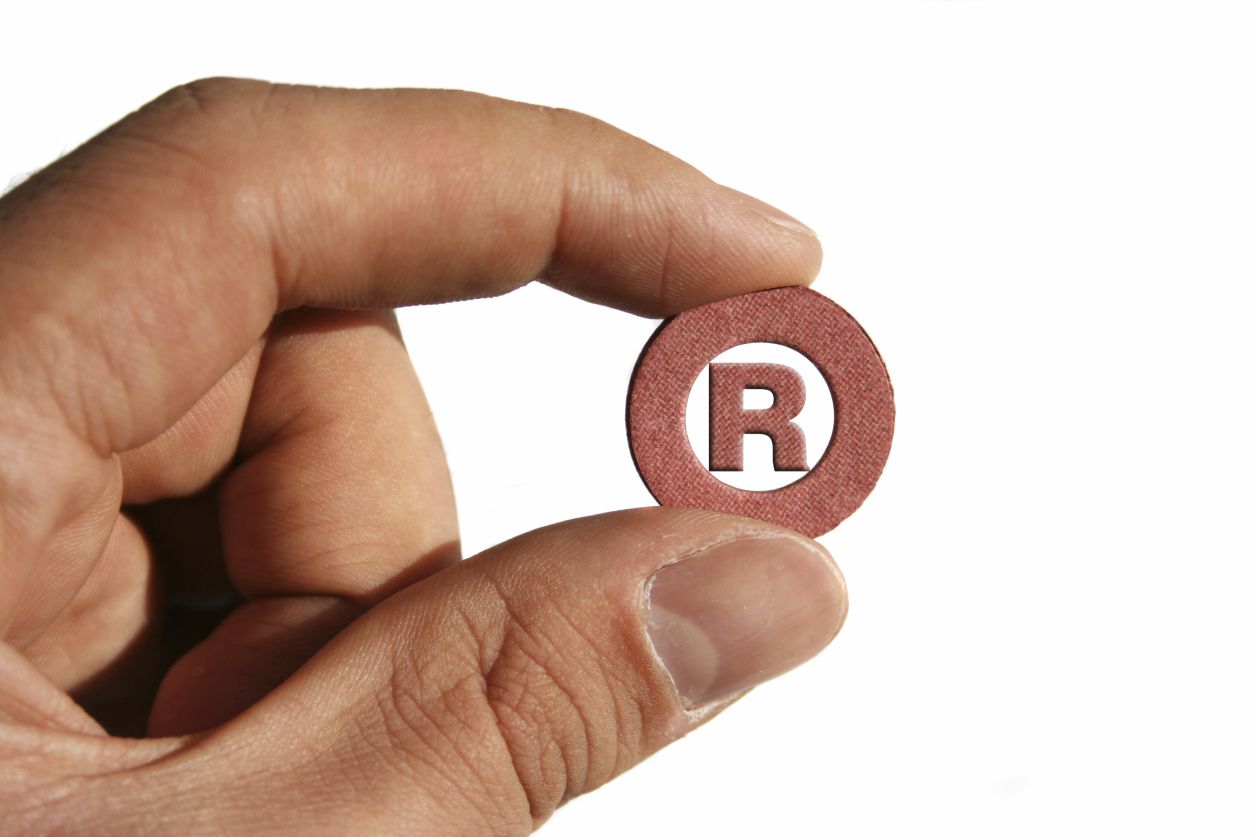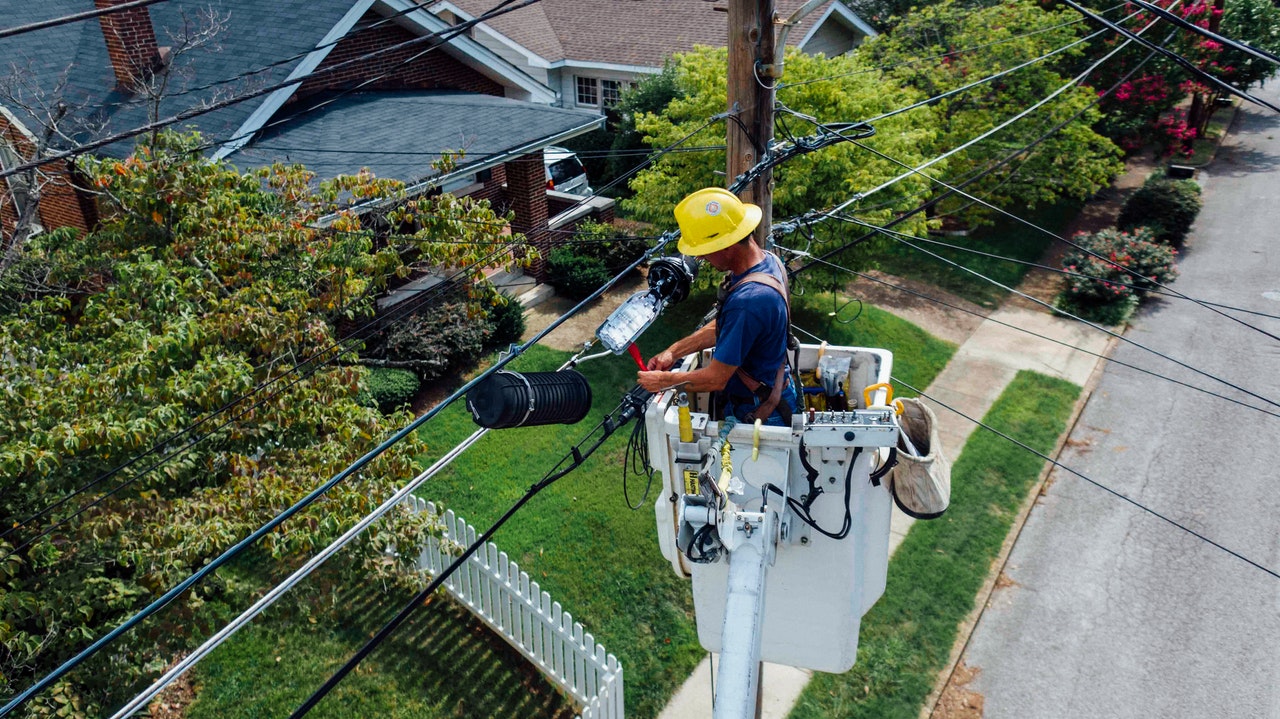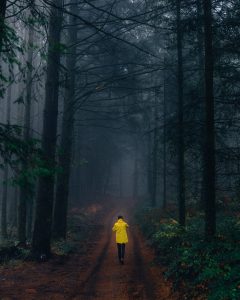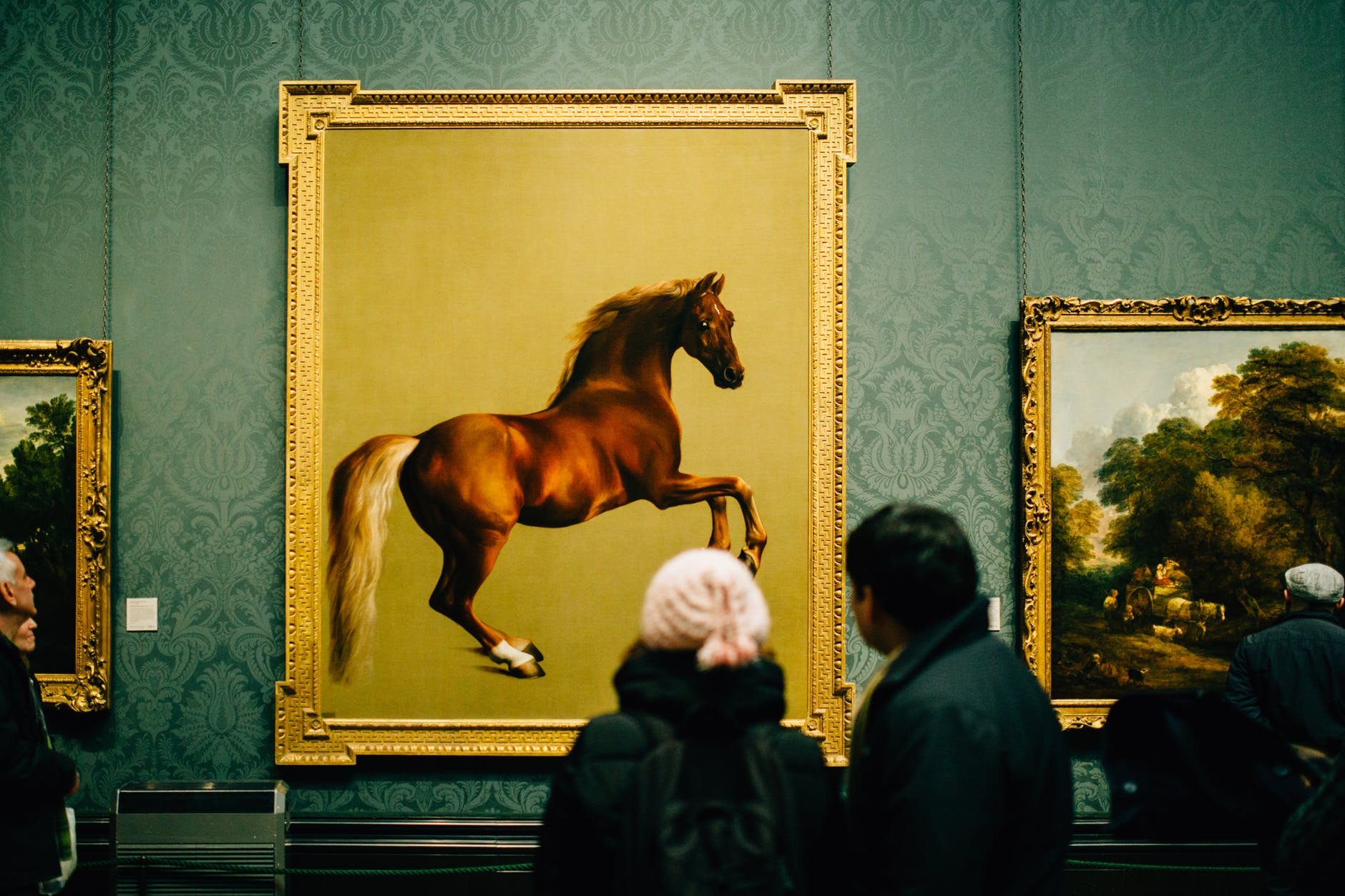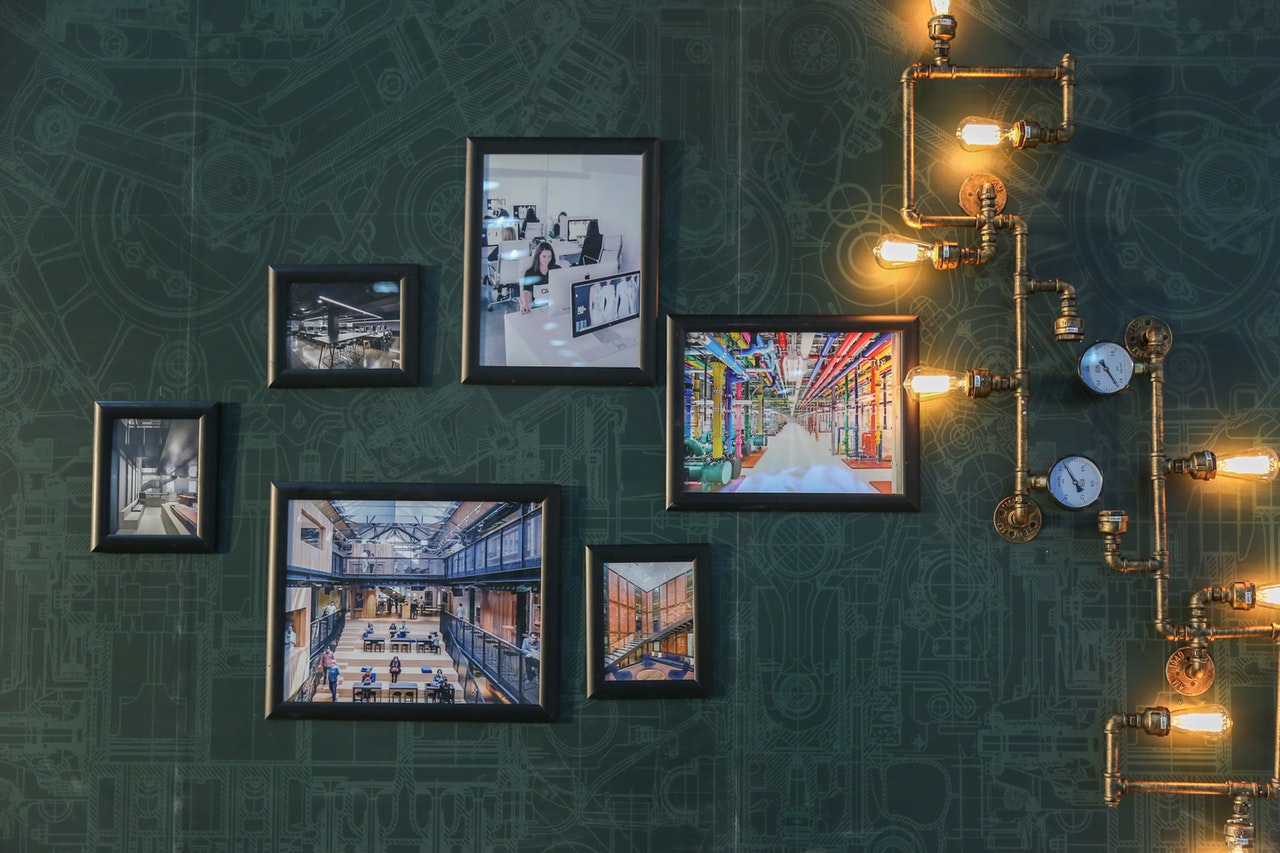Garden
In contemporary landscape design, corten garden edging has become more than a practical solution—it’s a form of outdoor art. This edging material brings depth and structure to open spaces with its rich, rusted patina and sculptural quality. Just as roof paint protects and enhances built forms above, corten edging defines and elevates the landscape below. Much like a carefully framed painting, corten edges guide the eye and highlight focal points within the garden. By merging functionality with aesthetic expression, today’s gardens are no longer just green spaces—they’re living installations of art.
The Evolution of Garden Design
Modern garden design is a far cry from classical layouts’ rigid symmetry or cottage gardens’ wild informality. It draws influence from architecture, interior design, and environmental art to create outdoor spaces that reflect individual identity and contemporary values. Minimalist lines, structured plantings, and focusing on textures over blooms define the modern aesthetic. Gone are excessive ornamentations; in their place are sleek materials, curated plant palettes, and strategic voids that invite contemplation.
This evolution stems from the modern desire for balance—between nature and structure, beauty and utility, serenity and function. Outdoor areas are now viewed as extensions of the home, seamlessly integrating lifestyle needs with design principles.
Clean Geometry and Natural Flow
Geometric forms lie at the heart of modern garden design. Rectilinear pathways, square-cut paving stones, and modular planters create a rhythm that’s easy on the eyes and calming. These crisp lines are often softened with sweeping grasses or ground covers that blur boundaries and add movement. Rather than forcing nature into submission, the modern approach embraces the organic while maintaining visual order.
Pathways no longer connect point A to B—they invite exploration. The interplay between light, shadow, and material underfoot turns a simple walk into a sensory experience. Strategic use of voids and open areas introduces breathing room, allowing sculptural plants or bespoke features to shine.
Material Choices that Define Character
Modern gardens lean into durable, textural materials that age gracefully and require minimal upkeep. Steel, stone, concrete, and timber form the foundation of structural elements. When thoughtfully combined, they offer contrast and cohesion. For instance, weathering steel plays off the cool grey of poured concrete, while timber introduces warmth.
Stone, whether crushed or in slab form, provides tactile appeal. Used for paths, walls, or seating, it grounds the garden physically and visually. In contrast, smooth concrete or polished aggregate surfaces evoke an industrial elegance that suits urban dwellings.
These material choices do more than decorate—they tell a story of resilience, sustainability, and timelessness.
Plants as Architecture
In modern garden design, plants are selected less for their blooms and more for their shape, foliage, and seasonal performance. Sculptural species like yuccas, agaves, and clipped boxwoods act as living architecture, anchoring the design. Mass plantings of ornamental grasses or groundcovers create volume and texture, echoing the repetition often seen in minimalist interiors.
Contrast plays a key role: a single, bold-leafed plant might stand out against a backdrop of delicate ferns. Vertical interest is introduced through espaliered trees, green walls, or climbing vines on clean-lined trellises. Rather than a riot of colours, the palette is usually restrained—greens, silvers, burgundies—with occasional pops for effect.
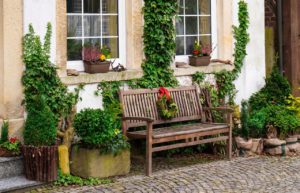
Blurring Indoors and Outdoors
Sliding glass doors, level transitions, and matching floor finishes visually connect the two environments. Outdoor kitchens, lounges, and dining areas make gardens beautiful and livable.
Furniture and lighting mimic indoor comforts while being built to withstand the elements. Upholstered seating, sculptural benches, and curated art pieces reinforce the idea that the garden is an integral part of the home—not an afterthought.
This integration enhances usability and value, creating environments that invite daily use, not just weekend relaxation.
Sustainability and Smart Systems
Environmental responsibility is a central tenet of modern garden design. From the choice of materials to water management strategies, sustainability informs every decision. Permeable paving, rain gardens, and drought-tolerant planting schemes reduce environmental impact and maintenance.
Automated irrigation systems with weather sensors optimise water use, while solar lighting reduces energy consumption. Reclaimed or recycled materials—like repurposed bricks or timbers—add character and minimise waste. In many designs, native species are prioritised for their resilience and ability to support local ecosystems.
The result is a garden that’s both forward-thinking and deeply rooted in place.
Lighting and Mood
Outdoor lighting has evolved beyond mere functionality. Today, it sculpts space, highlights texture, and sets moods. Recessed lights along pathways, up-lighting on feature trees, and low-glow bollards define space while ensuring safety. In modern gardens, lighting is subtle, indirect, and often programmable.
A well-lit garden transforms into an atmospheric retreat as day turns to night. Shadows dance across stone walls, soft glow cradle seating zones, and illuminated water features come alive. Good lighting extends the garden’s usability, turning it into a venue for evening entertaining or quiet reflection.
Personalised Expression
Modern garden design isn’t about one-size-fits-all solutions. While it leans on shared principles—simplicity, structure, and sustainability—it thrives on personal expression. Whether through custom planters, hand-selected sculptures, or a carefully curated plant mix, the garden reflects its owner’s taste and values.
Even in small urban courtyards, thoughtful layout, material, and planting choices can make a statement. With intention and creativity, the smallest space can become a sanctuary.
Conclusion
Modern garden design is more than a trend—it’s a philosophy that values purpose, beauty, and connection. Using innovative materials like corten edging, focusing on structure over ornament, and integrating sustainable practices, today’s gardens are built for life and legacy. They offer a canvas where nature meets art, and functionality blends with serenity—proving that outdoor spaces can be as meaningful and expressive as any room inside the home.

